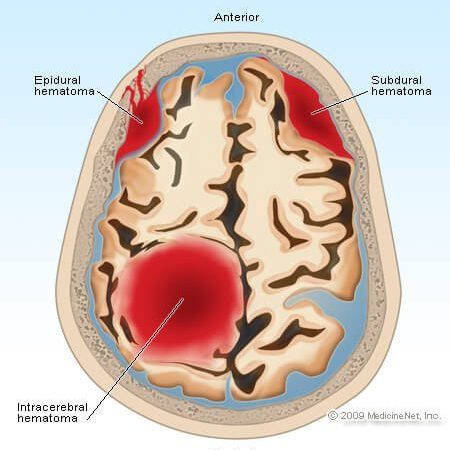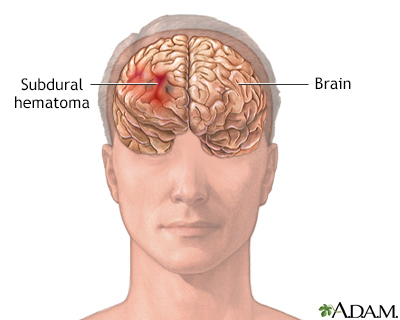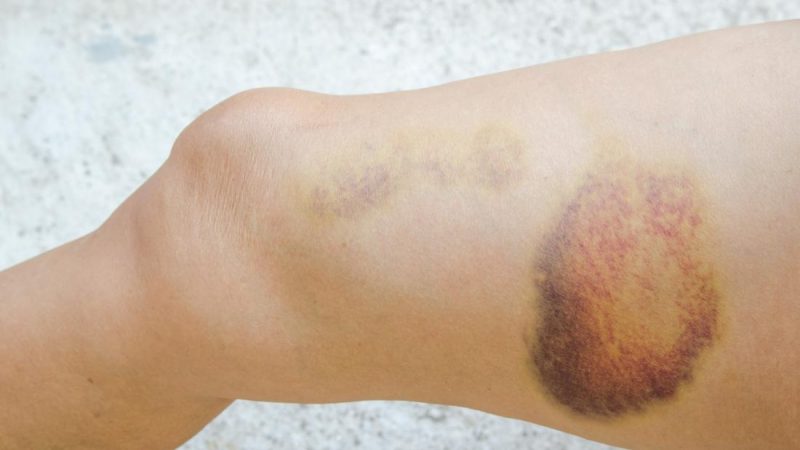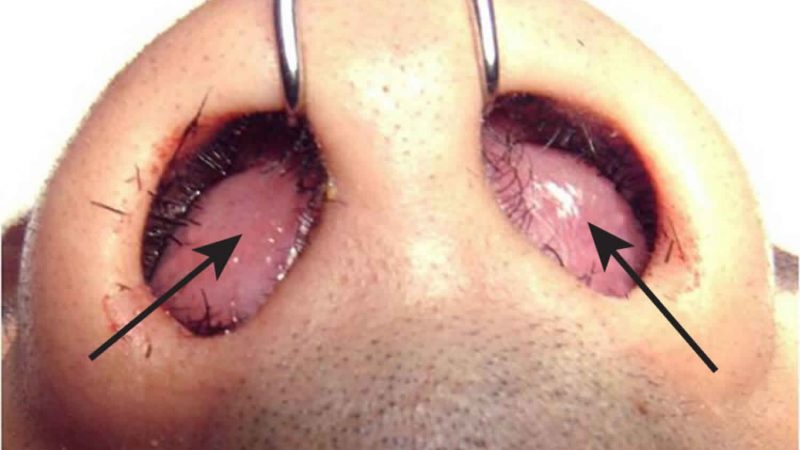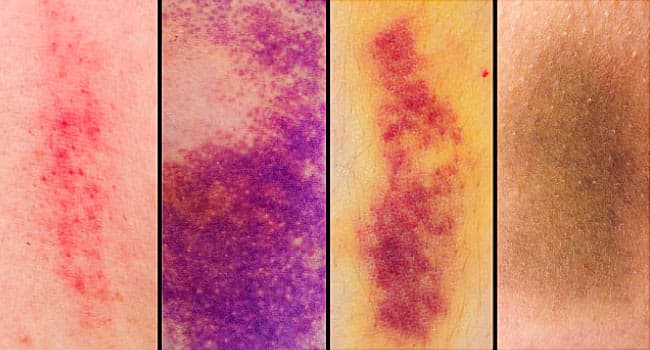Parotitis complication of infection influenza virus
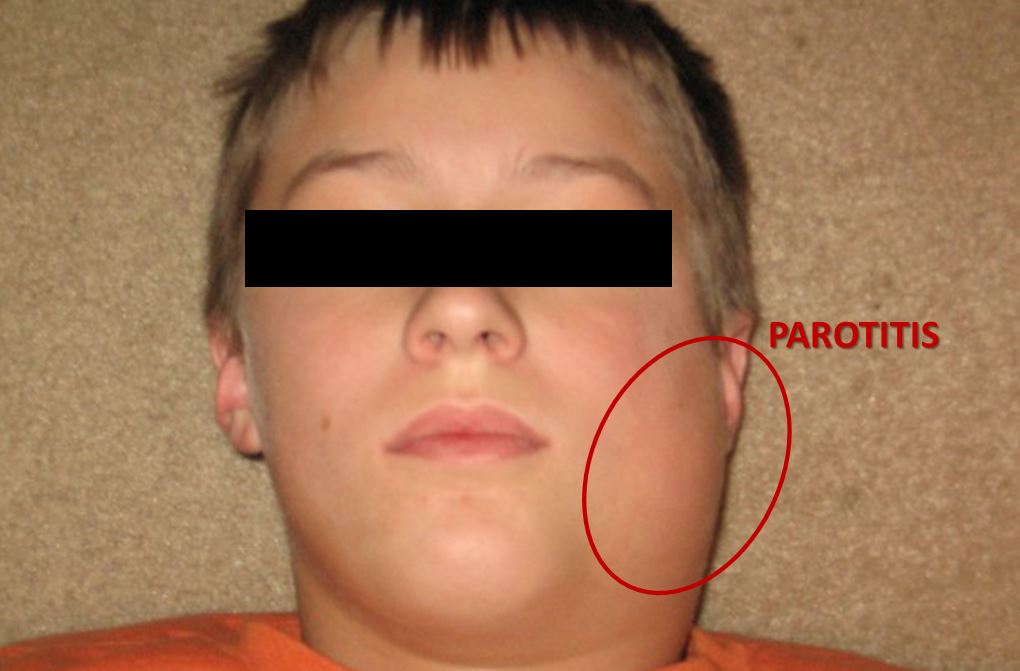
Parotitis is the irritation and expanding of one or both salivary organs. The main known reason for pandemic parotitis among people is mumps, an immunization preventable illness brought about by the mumps infection, an individual from the Rubulavirus class of the Paramyxoviridae family. Before the endorsement of the mumps immunization in the last part of the 1960s, mumps was one of the most much of the time revealed illnesses during youth. Starting around 1990, the Advisory Committee on Immunization Practices (ACIP) has suggested kids regularly get two dosages of measles–mumps–rubella antibody (MMR) and this essentially affected diminishing the event of mumps.
As indicated by two new articles distributed in Clinical Infectious Diseases, parotitis might be an inconvenience of contamination with the flu infection. The two examinations checked on late non-mumps related instances of parotitis following flu and other viral diseases, showing that after mumps had been precluded, specialists and medical care experts ought to consider flu while analyzing a patient who gives parotitis. Besides, the examiners found that flu A(H3N2), this season’s virus strain behind the northern side of the equator 2017-2018 serious influenza season, might be bound to cause parotitis.
The main review by analysts from the US Centers for Disease Control and Prevention (CDC) explored the etiology and clinical components of parotitis not brought about by mumps during the 2014–2015 US flu season in 320 American cases. The cases happened in 27 states, for the most part in men (65%). Close to 66% of patients (64%) were under 20 years old. The subjects addressed a survey about their ailment, and the CDC tried patient examples for a very long time. Infections were distinguished in 210 buccal swab examples (71%) of 294 non-mumps parotitis (NMP) patients with sufficient examples for testing.
These included 156 flu A(H3N2), 42 human herpesvirus 6B (HHV6B), 32 Epstein-Barr infection (EBV), 8 human parainfluenza infection type 2 (HPIV2), 2 human parainfluenza infection type 3 (HPIV3), 3 adenovirus, 4 herpes simplex infection type 1 (HSV-1), and 1 herpes simplex infection type 2 (HSV–2). Flu A(H3N2), HHV6B and EBV were the most as often as possible co-identified infections. Since buccal swab examples are not ideal for recognizing flu RNA, it is conceivable that the outcomes disparage the presence of flu.
The second review by similar gathering of CDC specialists zeroed in on interviews with 50 patients who had parotitis and were lab-affirmed to have a flu contamination between February to April of 2015. The outcomes were contrasted and reactions from 124 patients with lab-affirmed flu contaminations that didn’t have parotitis. Patients portrayed difficult facial expanding, reliable with intense parotitis, which grew soon after the beginning of fundamental or respiratory side effects.
Facial enlarging went on for around four days prior to dying down. Seven cases were serious enough for the patients to be hospitalized during their sickness, this incorporates two patients who were conceded to the emergency unit). Their discoveries propose that it very well might be judicious to remember flu for the differential analyses among patients who present with intense parotitis, especially during influenza seasons where flu A(H3N2) is the prevailing strain coursing.
So does the flu infection cause parotitis?
Different reports of flu A (H3N2) contamination among patients with parotitis during a similar influenza season in Canada, England, and Scotland show that there is consistency.
In the join discourse by Andrew Pavia, MD, of the Division of Pediatric Infectious Diseases at the University of Utah in Salt Lake City, he noticed that the presence of the flu infection distinguished in over portion of patients with non-mumps parotitis adds solidarity to the relationship among influenza and parotitis however doesn’t demonstrate it. He stated, “without a trace of trial information or the exhibit that flu infection repeats in salivary organs, it will be difficult to demonstrate to a serious level of logical sureness that flu causes parotitis.” However, these two investigations “unequivocally propose that parotitis can be added to the considerable rundown of conditions brought about by flu.”
